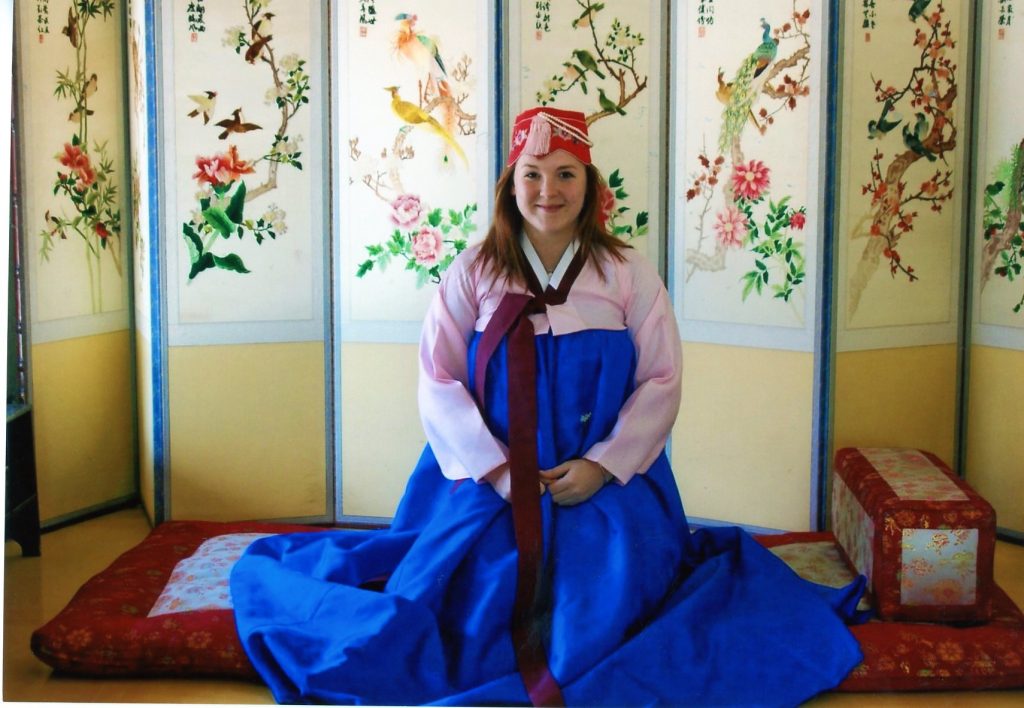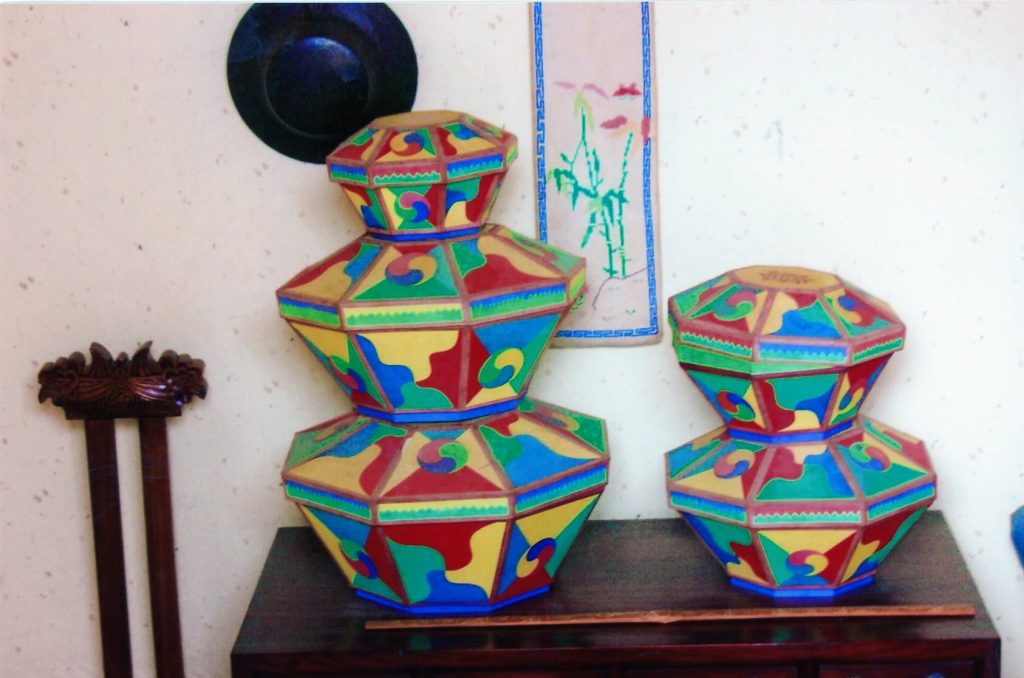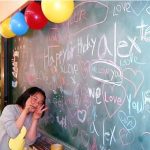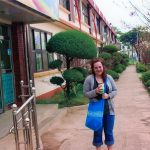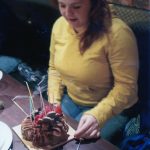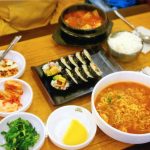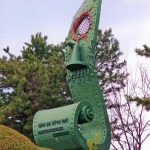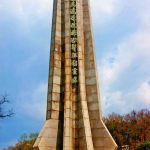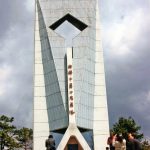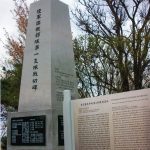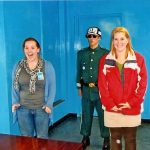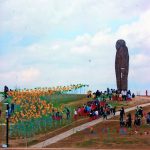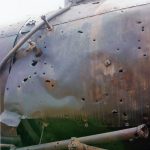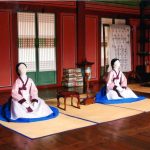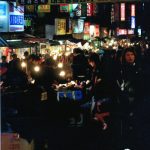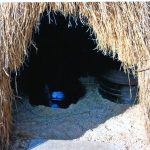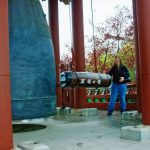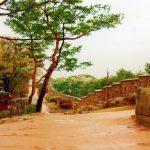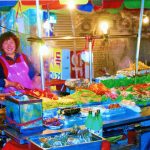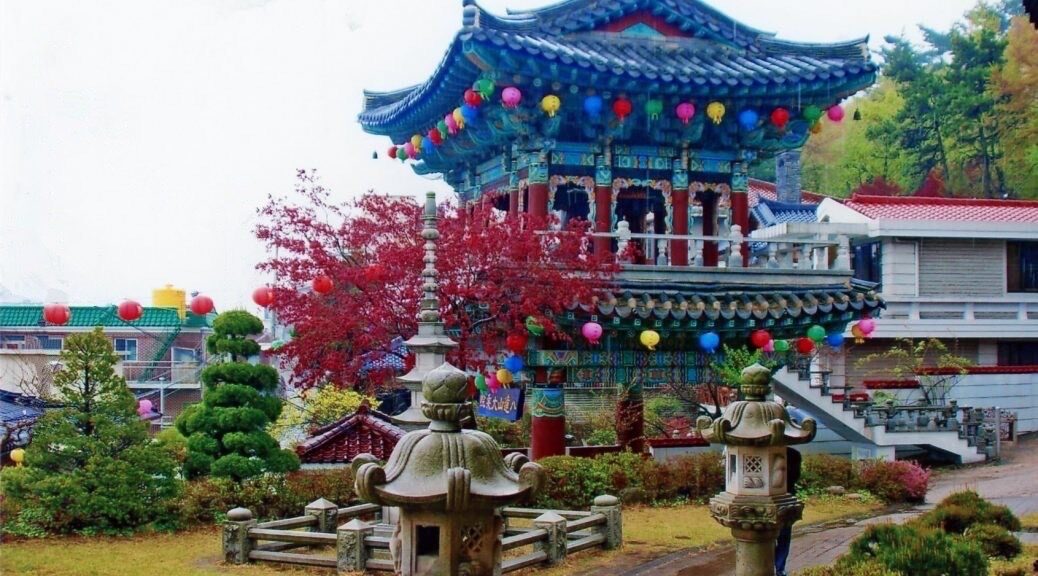
South Korea
Alex took a job in South Korea to teach English after she graduated college. One of her college roommates, Kim, took a job with the same company. They left September 2009. I visited in April 2010 for a week. I arrived Monday afternoon, April 26th, in Incheon, after a long flight and losing a day crossing the date line. Alex met me at the airport and we had a long, long trip to her town, Anjung-eup, south of Seoul. It took about 1 ½-2 hours by bus then cab. We dropped off bags at her place. She has a really nice little apartment. The bathroom was different than anything I’d seen before; they don’t have a separate shower, just a spray attached to the sink and a drain in the floor. It gets everything in the room quite wet!
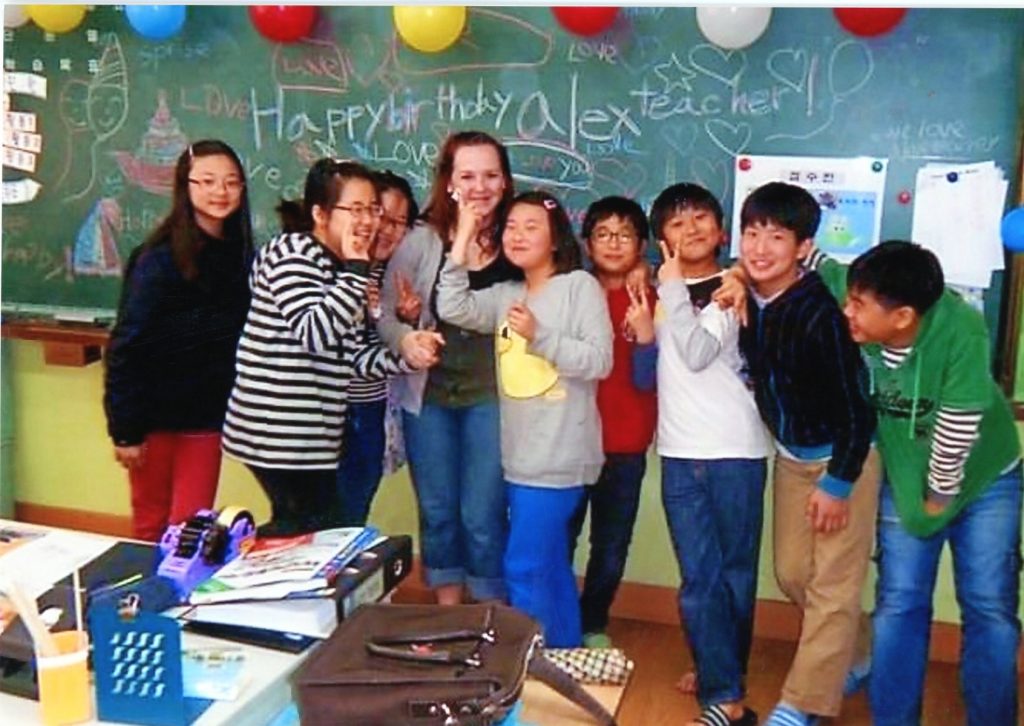
After cleaning up we went out for Korean BBQ. Kim joined us. The next day was Alex’s 23rd birthday, I attended school with her. It was really interesting and fun seeing her teach. All the kids came by staring at me in the office. That evening we met a few of her friends at La Casa for Mexican food and margarita’s. The next day, Alex and I went to Suwon and visited the palace, Hwaseong Haenggung, temporary home of King Jeongjo, and Hwaseong fortress.
Alex worked Thursday morning then I met her at the bus station and we headed to Seoul. We took the city bus tour.
Friday, Kim joined us in Seoul, and we all went on the DMZ tour. We had to sign papers stating we knew it was dangerous (people have been shot at by the North Koreans) and to understand all the behavior expected of us. They were adamant about “No pointing!”
Our first stop was Unification Park, with many statues and memorials like the Gae Ma Go Won Memorial Tower. It was built for the memory of about 200 anti-communist resistance fighters who were either captured or killed in the bloody battle.
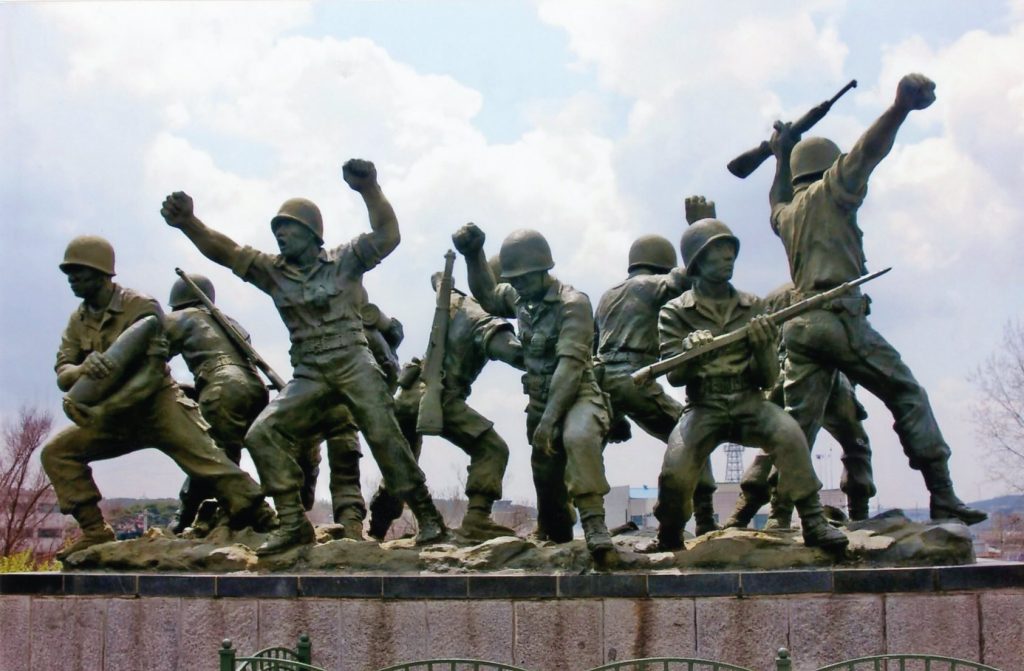

Next we went to Imjingak, to see the Bridge of Freedom, across the Imjin River. The bridge was used for the POW/soldier exchange after the war. We saw a train from the war with over 1000 bullet holes; considered a symbol of the division of the country into North and South Korea. It was derailed by bombs during the war and surrounded by Communist Chinese Forces on its way to deliver war supplies. There is a large statue of several figures, representing Koreans looking north, mourning for their separated families.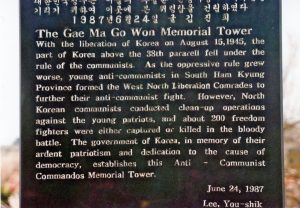
If I had known more about the available tours, we could have paid a little more, left earlier and visited the “Third Tunnel” on a similar tour. North Korea has built several tunnels into South Korea, four have been found. The “Third Tunnel” is the closest to Seoul and it is estimated the North could transport 30,000 troops in an hour directly to Seoul.
All along the drive northwest we could see into North Korea, the guard towers and barbed wire on the border. Finally we made it into the Demilitarized Zone (DMZ) the four kilometer wide strip separating the north and south. We got on a bus when first entering the DMZ and were driven to the JSA by South Korean soldiers.
We were allowed to go all the way to the demarcation line and into North Korea in the United Nations Joint Security Area (JSA). The buildings are built directly on the north-south border.
Both sides have small villages inside the DMZ, on the North it is Kijong-dong, Peace Village. Two kilometers away in the south is Daesong-dong, perhaps the most heavily guarded place on earth. About 40 families live here under strict regulations. Both villages have flagpoles. One side will replace with a taller pole, bigger flag, and then the other side will go even larger. Right now, the North Korean flag is 160 meters high, and the flag is 30 meters long and estimated to weigh around 600 pounds. Both are the largest in the world.
** All photos property of Lisa, not to be copied or reproduced **
